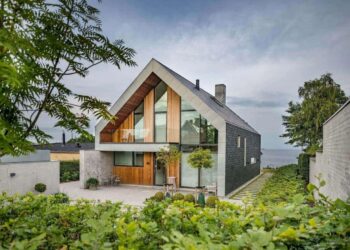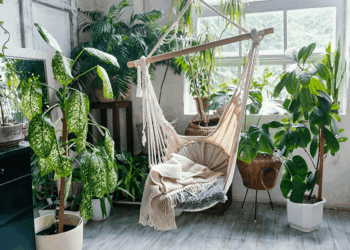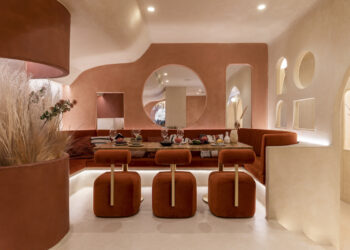The Roots of Scandinavian Design
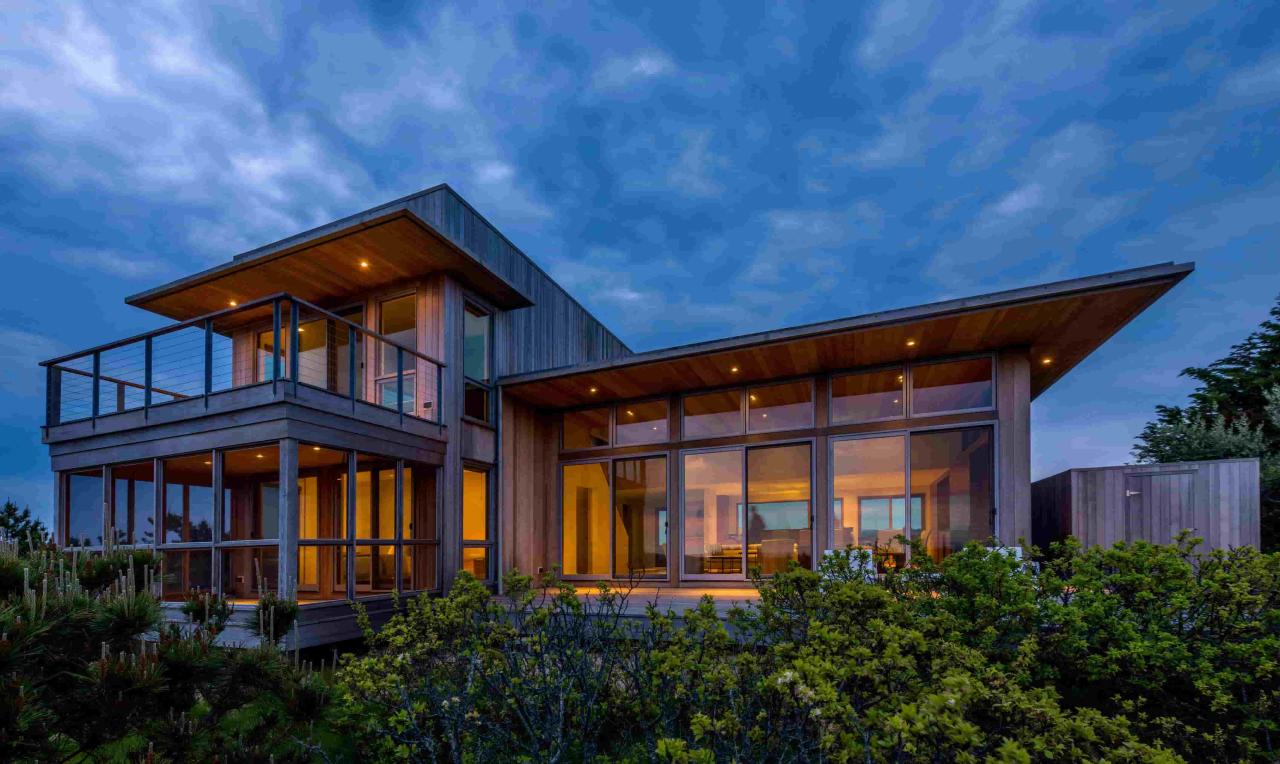
To truly appreciate the enduring charm of a Scandinavian home, it’s essential to understand its origins. This design philosophy emerged in the early 20th century, gaining significant international recognition in the 1950s. Its principles are deeply rooted in the unique geographical and cultural conditions of Nordic countries: Denmark, Norway, Sweden, Finland, and Iceland.
A. Climate and Light:
- Long, Dark Winters: The extended periods of darkness in Nordic countries necessitated designs that maximize natural light. This led to a preference for light wall colors, expansive windows, and minimal window treatments.
- Maximizing Brightness: Every design choice, from reflective surfaces to uncluttered layouts, aims to amplify and spread whatever natural light is available, creating an illusion of brightness even on the darkest days.
B. Social Democratic Values:
- Accessibility and Equality: Scandinavian design principles were heavily influenced by social democratic ideals, aiming to make beautiful, functional design accessible to everyone, not just the wealthy elite. This fostered a focus on mass production, affordability, and practicality.
- Quality and Durability: Despite the emphasis on accessibility, there was an unwavering commitment to quality craftsmanship and durable materials, ensuring products would last generations.
C. Connection to Nature:
- Abundant Natural Resources: The Nordic regions are rich in forests and natural materials like wood. This abundance naturally led to the incorporation of wood (especially light-toned varieties like birch, ash, and pine), wool, leather, and natural fibers into homes.
- Biophilic Design Principles: A deep respect for the natural world translates into designs that bring the outdoors in, fostering a sense of calm and well-being.
D. Craftsmanship and Simplicity:
- Form Follows Function: This core modernist principle is paramount. Every element in a Scandinavian design serves a purpose, free from superfluous ornamentation.
- Clean Lines: Furniture and architectural elements feature clean, uncluttered lines, reflecting a commitment to simplicity and understated elegance.
Core Elements of the Scandinavian Home Aesthetic
Translating the philosophy into a tangible space involves specific design elements that work in harmony to create that signature Nordic feel.
A. Bright, Neutral Color Palettes:
- White as Foundation: Crisp white walls are the hallmark of Scandinavian design. They reflect light, making spaces feel larger, brighter,timestamps: 1719402494 – [1.0] – The user wants an article rewrite. I need to make sure the article is at least 1500 words, has a title with a maximum of 8 words, uses A, B, C for ordered lists, is in English, is unique and passes plagiarism checks, is formatted as an article, includes at least 10 tags separated by commas, and has 1 category. The keyword is “Scandinavian Home”. I also need to ensure the rewrite is suitable for Google AdSense and SEO search engines., and airier, a crucial element given the climate.
- Soft Greys and Beiges: These neutral tones are used to add subtle warmth and depth without overpowering the lightness. They create a serene and sophisticated backdrop.
- Pops of Muted Color: While the base is neutral, subtle accents of dusty blues, sage greens, muted pinks, or earthy tones can be introduced through textiles, artwork, or small decorative items, adding personality without overwhelming the space.
B. Abundance of Natural Light:
- Large Windows: Maximizing natural light is paramount. Scandinavian homes often feature large, unobstructed windows to let in as much daylight as possible.
- Minimal Window Treatments: Heavy drapes are usually avoided. Instead, sheer curtains, light blinds, or no window coverings at all are preferred to keep light flow unhindered.
- Strategic Mirror Placement: Mirrors are strategically placed to reflect light and expand the perception of space.
C. Emphasis on Natural Materials:
- Light-Toned Wood: Birch, ash, pine, and light oak are dominant. They are used for flooring, furniture, wall paneling, and even ceilings, bringing warmth, texture, and an organic touch.
- Wool, Cotton, Linen: Natural textiles are favored for their texture, comfort, and breathability. Think chunky knit blankets, linen throws, and cotton rugs.
- Leather and Fur (Ethically Sourced): Used sparingly as accents, often on furniture or as throws, for added warmth and luxury.
- Stone and Ceramics: Natural stone accents, simple ceramic pottery, and stoneware contribute to the earthy, authentic feel.
D. Simple, Functional Furniture:
- Clean Lines and Minimalism: Scandinavian furniture is renowned for its sleek, uncluttered designs. Every piece serves a purpose and avoids unnecessary embellishment.
- Ergonomics and Comfort: Despite their simplicity, these pieces are designed for ultimate comfort and practicality.
- Multi-functional Pieces: As space can often be at a premium, furniture that serves multiple purposes (e.g., storage benches, sofa beds) is highly valued.
- Iconic Designs: Pieces by designers like Arne Jacobsen, Hans Wegner, and Alvar Aalto are timeless examples of form and function perfectly united.
E. Less Is More: Clutter-Free Spaces:
- Intentional Living: A core tenet is the belief that a serene mind thrives in an uncluttered environment. This encourages thoughtful curation rather than excessive accumulation.
- Clever Storage Solutions: Integrated shelving, hidden compartments, and elegant storage units are essential to maintain a tidy, minimalist look.
- Minimal Decor: Decorative items are chosen carefully and thoughtfully. Each piece tends to have meaning or artistic value, contributing to the overall aesthetic without creating visual noise.
F. Greenery and Life:
- Indoor Plants: Bringing living plants indoors is fundamental. They add color, improve air quality, and reinforce the connection to nature.
- Fresh Flowers: Simple arrangements of fresh flowers or branches are common, adding a touch of ephemeral beauty.
Adapting Scandinavian Chic for Indonesian Homes
While Scandinavian design originated in a very different climate, its principles are surprisingly adaptable and highly desirable for homes in Indonesia’s tropical climate. The emphasis on light, openness, and natural materials resonates well with local conditions and preferences.
A. Maximizing Natural Ventilation:
- Cross-Ventilation: Indonesian homes benefit immensely from the Scandinavian focus on maximizing airflow. Large windows, louvers, and strategically placed openings facilitate natural cross-ventilation, reducing reliance on air conditioning.
- Open-Plan Living: The open-plan concept, common in Scandinavian design, works perfectly in tropical homes, allowing breezes to flow freely and create a sense of spaciousness.
B. Leveraging Abundant Light:
- Tropical Sunshine: Indonesia has abundant sunshine. Scandinavian design principles help harness this light effectively, preventing spaces from feeling dark or dingy.
- Heat Management: While maximizing light, tropical adaptations must consider heat. Low-E glass, deep overhangs, and external shading can manage solar gain without sacrificing brightness.
C. Embracing Local Natural Materials:
- Indigenous Woods: While light Scandinavian woods are beautiful, Indonesian homes can incorporate locally sourced light-toned woods like jati belanda (Dutch Teak – reclaimed pine), sungkai, or even light-finished meranti, offering similar aesthetics with a local touch.
- Rattan and Woven Textures: The use of rattan, bamboo, and woven natural fibers, abundant in Indonesia, perfectly complements the Scandinavian emphasis on natural textures. They add warmth and cultural context.
- Natural Stone: Local light-colored stone can be incorporated for flooring or accent walls, offering coolness and natural beauty.
D. Indoor-Outdoor Living:
- Seamless Transitions: The Scandinavian desire to connect with nature aligns perfectly with Indonesia’s lush environment. Large sliding glass doors, open courtyards, and patios seamlessly merge indoor and outdoor spaces.
- Tropical Greenery: Lush tropical plants can be integrated inside the home, further enhancing the biophilic connection.
E. Humidity and Maintenance:
- Material Selection: In humid climates, it’s crucial to select wood and fabrics that are resistant to moisture and pests, or to ensure adequate ventilation and dehumidification.
- Openness for Airflow: The naturally open nature of Scandinavian-inspired tropical homes helps combat humidity by allowing constant air circulation.
Creating Your Scandinavian Oasis
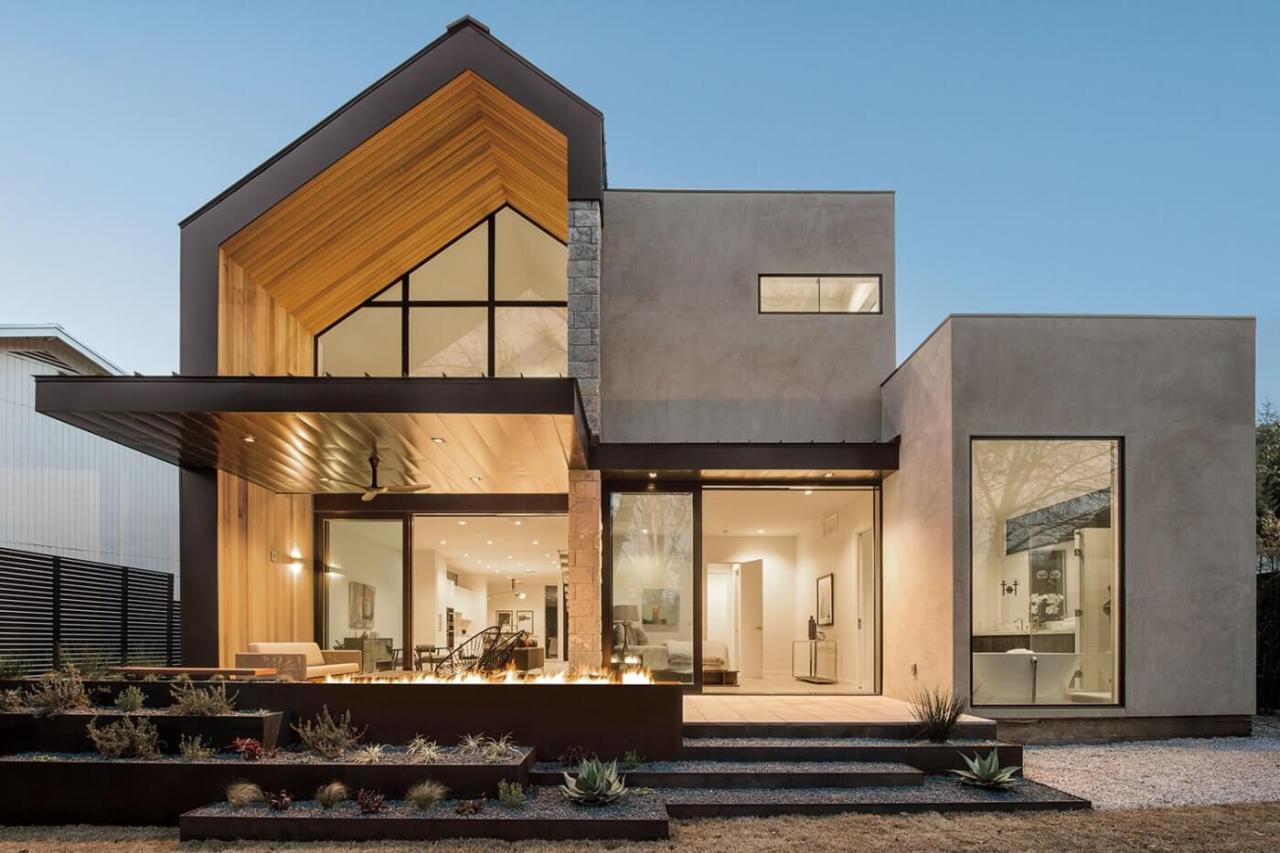
Applying the Scandinavian aesthetic consistently throughout your home ensures a harmonious and cohesive feel.
A. The Living Room:
- Sofa: Opt for a comfortable, simple sofa in a neutral color (light gray, beige, white).
- Coffee Table: A minimalist coffee table, often in light wood or with clean lines, is ideal.
- Textiles: Layer with textured throws and pillows in wool, linen, or cotton, perhaps with subtle geometric patterns or muted colors.
- Rug: A natural fiber rug (jute, wool) or a light-colored, subtly patterned rug anchors the space.
- Lighting: Emphasize ambient and task lighting with minimalist floor lamps, table lamps, and perhaps a simple pendant light.
- Decor: Keep decor minimal. A few potted plants, a stack of art books, and a thoughtfully chosen piece of wall art.
B. The Dining Room:
- Table: A solid, light wood dining table with clean lines is central.
- Chairs: Simple, ergonomically designed chairs, perhaps with upholstered seats in a neutral fabric.
- Lighting: A statement pendant light with a simple, clean design above the table can be a focal point.
- Minimalism: Keep the tabletop clear when not in use, or adorn with a single vase of fresh flowers.
C. The Bedroom:
- Bed Frame: A simple wooden or upholstered bed frame in a neutral tone. Avoid ornate headboards.
- Bedding: High-quality, natural fiber bedding in white, light gray, or muted tones. Layer with textured blankets.
- Nightstands: Minimalist nightstands, often floating or with a single drawer, in light wood or white.
- Lighting: Simple bedside lamps, either table lamps or wall-mounted sconces.
- Storage: Integrated storage solutions (built-in wardrobes, under-bed drawers) to keep clutter hidden.
- Relaxing Atmosphere: Focus on creating a serene, calm environment conducive to rest.
D. The Kitchen:
- Cabinetry: Flat-panel or shaker-style cabinets in white, light gray, or light wood.
- Countertops: Simple, durable countertops in light tones (white quartz, light laminate, or concrete).
- Backsplash: White subway tiles or simple large-format tiles.
- Hardware: Minimalist pulls or handle-less designs.
- Open Shelving: A few open shelves can display simple, functional pottery or glassware.
- Natural Light: Maximize light flow into the kitchen area.
E. The Bathroom:
- Tiles: Light-colored tiles (white, light gray) for walls and floors. Subway tiles are a classic choice.
- Fixtures: Clean-lined fixtures in chrome, matte black, or brushed nickel.
- Vanity: A simple, floating vanity in light wood or white.
- Storage: Recessed niches or integrated cabinetry for a clean look.
- Greenery: A small potted plant can add freshness.
Why Scandinavian Design Endures
Beyond its aesthetic appeal, the Scandinavian approach offers significant long-term benefits that make it an astute choice for homeowners in Indonesia and beyond.
A. Timeless Appeal:
- Resistant to Fads: Its emphasis on simplicity, clean lines, and natural materials means it doesn’t fall victim to passing trends. A Scandinavian-inspired home will look fresh and relevant for decades.
- Easy to Update: The neutral base allows for easy seasonal or personal updates simply by changing textiles, artwork, or small decorative items, without requiring major renovations.
B. Functionality and Livability:
- Everyday Comfort: Designed with human needs in mind, Scandinavian homes prioritize comfort and ease of living.
- Organized Spaces: The focus on minimal clutter and clever storage solutions results in highly functional and easy-to-maintain homes.
C. Health and Well-being:
- Natural Light: Abundant natural light has proven benefits for mood, productivity, and circadian rhythms.
- Connection to Nature: The incorporation of natural materials and greenery fosters a sense of calm and reduces stress.
- Clean Air: Focus on good ventilation and potentially fewer synthetic materials can contribute to better indoor air quality.
D. Sustainability:
- Durability: Investing in high-quality, well-made pieces that last reduces the need for frequent replacements, contributing to less waste.
- Natural Materials: Preference for renewable and naturally sourced materials supports ecological practices.
- Energy Efficiency: Designs that maximize natural light and ventilation reduce reliance on artificial heating/cooling, leading to lower energy consumption.
E. Broad Appeal:
- Universal Aesthetics: The clean, understated elegance of Scandinavian design appeals to a wide range of tastes, making it an excellent choice for those considering future resale value.
- Welcoming Atmosphere: Despite its minimalist reputation, a well-designed Scandinavian home feels inherently welcoming and comfortable.
Conclusion
The Scandinavian home aesthetic offers a compelling vision for modern living, particularly resonant in a dynamic market like Indonesia. It’s a testament to the power of thoughtful design that prioritizes simplicity, functionality, and a deep connection to the natural world. Far from being a fleeting trend, its core principles of maximizing light, embracing natural materials, and creating clutter-free, serene spaces provide a blueprint for enduring beauty and livability.
By adopting elements like bright neutral palettes, light-toned wood, comfortable yet minimalist furniture, and abundant greenery, you can transform your living space into a tranquil retreat that embodies the essence of Nordic chic. This approach not only results in a visually appealing home but also promotes a sense of well-being, efficiency, and timeless sophistication that will continue to delight for years to come. In an increasingly complex world, the Scandinavian home offers a timeless invitation to embrace simplicity, comfort, and harmony.





